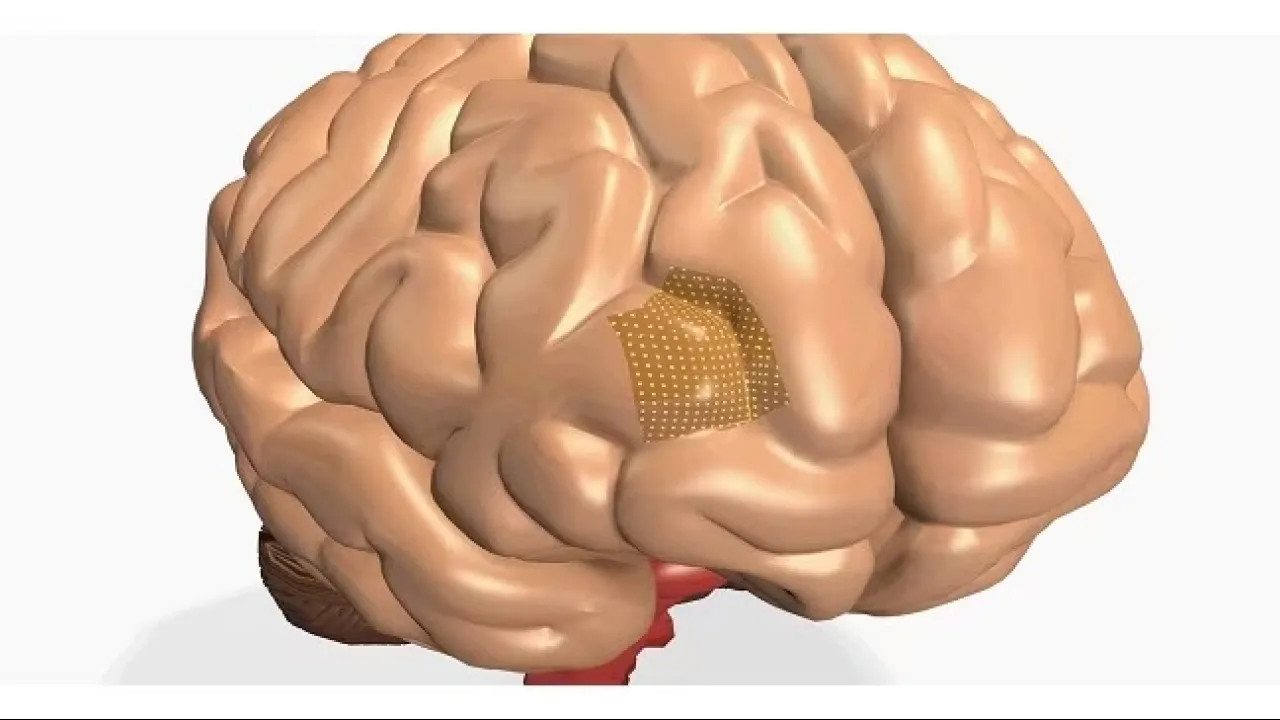
Gentle sensors for diagnosing brain disorders
New sensor design paves the way for safer and more effective brain monitoring.
About
Flexible, low-cost sensor technology leading to safer and improved diagnoses and treatment of brain disorders has been developed by KAUST scientists.
Mapping the electrical activity of the brain is critical in understanding neurological disorders like depression and Alzheimer’s disease. Multielectrode arrays called Michigan or Utah arrays are currently used to monitor brain activity. Made from layers of conductive silicon needles, these rigid devices are inserted through the scalp to monitor the brain’s surface. The needles can cause inflammation of the tissues, so they must be removed within a year.
Muhammad Hussain and Aftab Hussain from the Computer, Electrical and Mathematical Science and Engineering Division wanted to develop a soft and flexible sensor that could be placed on the surface of the brain within the intracranial space, providing better contact and reducing the risk of damage to tissues.
“Sensors require associated electronics to interface with us, and these electronics dissipate heat, thereby causing a burning effect in the brain that can permanently damage tissues,” explained Muhammad Hussain. “The challenge is to keep the electronics away from the brain.”
Read the full article